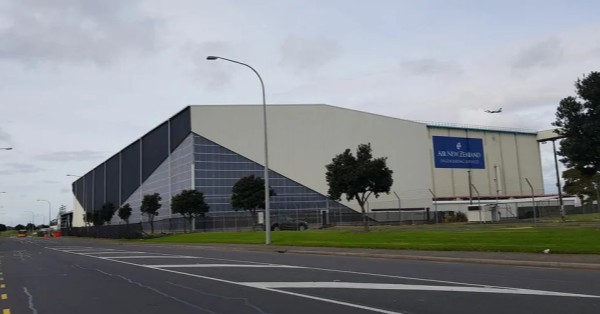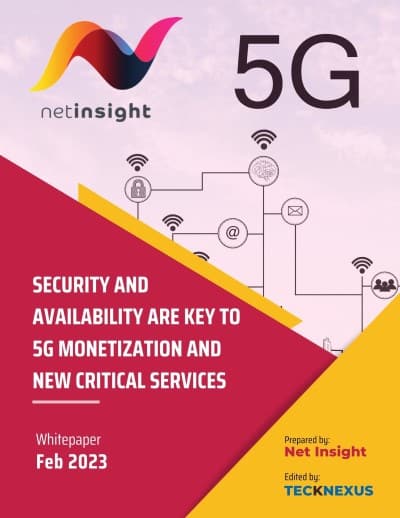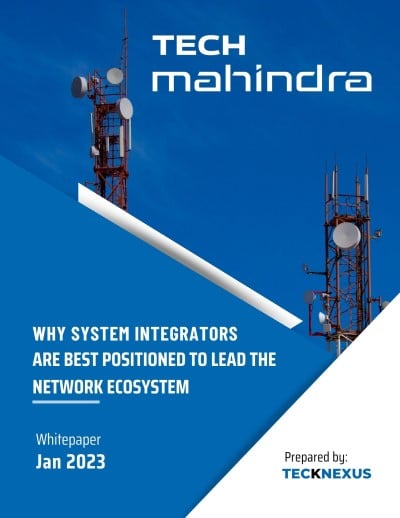Qualcomm Technologies, Inc. and Vodafone have a strong, longstanding relationship driving mobile communications innovations in Europe and today the companies announce the next step in that collaboration. By joining forces, the two industry leaders plan to develop, test, and integrate next-generation 5G distributed units (DUs) and Radio Unit (RU) with Massive MIMO capabilities, ultimately delivering the commercial deployment of Open RAN in Europe. This joint announcement builds on the companies’ previous commitment in April 2021 to develop technical blueprints that will help equipment suppliers build 5G networks of the future using Open RAN technology.
Qualcomm Technologies and Vodafone are developing 5G Open RAN Infrastructure solutions powered by the Qualcomm X100 5G RAN Accelerator Card and the high-performance Qualcomm QRU100 5G RAN Platform. The solutions are expected to offer breakthrough power consumption performance to reduce total cost of ownership (TCO) and make networks environmentally sustainable and address demands of next-generation networks with massive MIMO with 64T64R and 32T32R capabilities needed for high-capacity dense urban scenarios.
“We look forward to broadening our collaboration with Vodafone to deliver the next wave of digital transformation and proliferate Open RAN deployments globally with high-performance, energy-efficient radio and distributed unit solutions,” said Dino Flore, vice president, technology, QUALCOMM Europe, Inc. “By combining Qualcomm Technologies’ 5G leadership and Vodafone’s expertise in building large-scale networks, we can transform how modern networks are designed and next-generation services are delivered.”
“We congratulate Qualcomm Technologies on the recent sampling of the Qualcomm X100 5G RAN Accelerator Card and Qualcomm QRU100 5G RAN Platform, and we look forward to working alongside Qualcomm Technologies to test and deliver these platforms” said Santiago Tenorio, director, network architecture, Vodafone. “This significant milestone is an important step forward to deliver the commercial deployment of Open RAN in Europe, and bring innovative, cost-effective and power-efficient Open RAN solutions.”





























